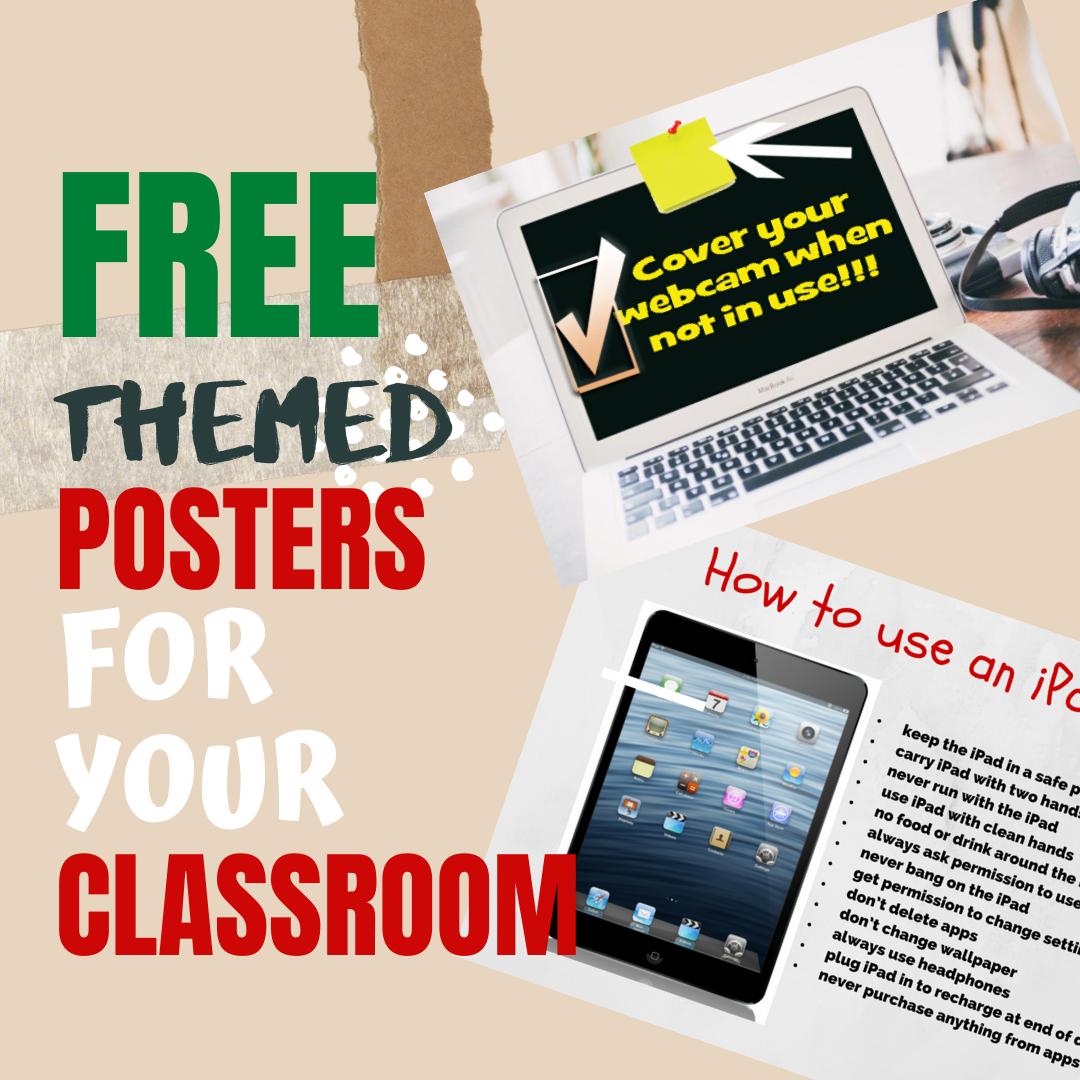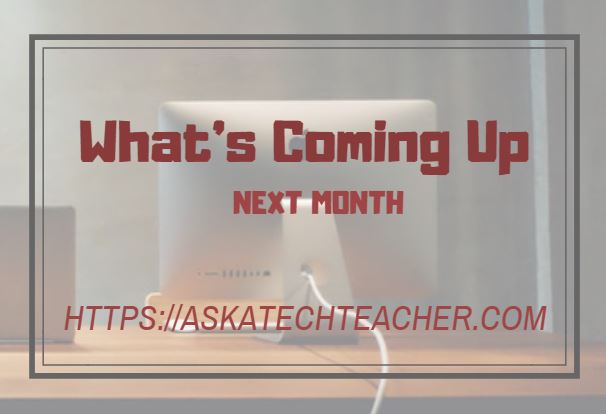 You’ve been teaching for five years and love what you’re doing. You consider yourself darn lucky to be working with colleagues that are friends and a boss who always puts your needs first. Most of the teachers at your school have been there years — even decades — and you have no doubt that, too, will be you. So, you don’t bother to keep your resume up-to-date or expand your teaching skills other than what is required for your position. In short, you found the square hole that fits your square peg.
You’ve been teaching for five years and love what you’re doing. You consider yourself darn lucky to be working with colleagues that are friends and a boss who always puts your needs first. Most of the teachers at your school have been there years — even decades — and you have no doubt that, too, will be you. So, you don’t bother to keep your resume up-to-date or expand your teaching skills other than what is required for your position. In short, you found the square hole that fits your square peg.
Until the day that changes. There are dozens of reasons, from new bosses who want to shake things up to your husband gets a job in a different state. The only good news: Your boss told you already, giving you time to job hunt for the new school year. For many schools, if they’re going to make staffing changes, early Spring is when they start looking for the new people. For you as a job hunting educator, this becomes the best time of year to find a job.
Digital portfolio sites
Rather than a two-page printed document that can be lost and serves only one user, a digital portfolio posts your resume online, in an easy-to-understand format. This makes it more available, transparent, robust, and quickly updated. This is the modern resume, tells future bosses you can use technology as a tool, and can give you an edge in a competitive job market. It organizes your qualifications, evidence, and background in one easy-to-reach online location. Interested parties can check it without bothering you and decide if the fit is good. You do nothing — which can save the disappoint of sending out a resume and getting nothing but silence back.
Here are suggestions for digital portfolio sites:
This is free with lots of templates so you can share exactly the right image. Here are examples.
A free site that lets you collect all the pieces of your experience into one nicely-formatted digital place. Here’s an example.
Use a free WordPress blog, but instead convert the pages to topics discussed below. Here’s an example.
Slideshow
This can be created using PowerPoint, Google Glides, Haiku Deck, or another slideshow tool you’re comfortable with. Create a slide for each topic listed below and then share it out via a link. Here are examples.
Join the LinkedIn professional community. It provides a template that prompts you to post everything important about yourself and browse for others in your field. I’ve gotten lots of contacts from LinkedIn. Here’s my profile.
What to include
Set up a digital portfolio that includes the following categories:
Teaching philosophy
Based on your experience, come up with a short paragraph that describes your philosophy of teaching. It should include industry buzz words (so you sound plugged into education’s cutting edge) like ‘transfer knowledge’, ‘evidence of learning’, ‘tech-infused’, ‘student-directed’, ‘summative’, and ‘feedback’. Take time over a cup of coffee to think through what does and doesn’t work with your students and parents, what cha nges you would like to make, and what colleagues do that make a difference in their classes.
nges you would like to make, and what colleagues do that make a difference in their classes.
An example might include:
“Instruction is self-paced where possible, differentiated and responsive to student needs always. I often accommodate specific student needs by adapting lessons. All lessons include self-reflection from students to see if they can transfer what they learned to both classes and life.”
Experience
Discuss not just your years of experience, but the student groups you’ve taught, the philosophies you’ve followed (such as IB or Common Core), parent needs met, pedagogy you’ve rolled out, teacher groups you’ve led, and more. Include your facility with 1:1 programs, carts, and other approaches to using technology in classes.
Devices you can use
School digital devices used to be primarily PCs, but now there are Chromebooks, iPads, Macs, Surface Pros, laptops, and more. Indicate all you are comfortable with. Also mention the add-ons you can use such as robotics, Arduino, or 3D printing.
Skills
This includes not just Google Apps and Microsoft Office but webtools for digital storytelling, coding, backchannel devices, digital notetaking, programming, Scratch, and others. This also includes stand-alone programs for specialized topics such as robotics, 3D printing, and drones.
Education
This includes your degrees, advanced degrees, certificates, and classes you’ve taken in pursuit of your chosen field.
Certifications
This includes certificates you hold such as Apple Distinguished Educator.
Sample lesson plans, artifacts
Upload a full lesson plan that is typical of what you teach in classes. Include not only the step-by-step, but samples, artifacts, assessment strategies, feedback from students and parents, and reflections from you after it’s completed.
Videos of you teaching
Have a colleague video you teaching a class. Do this several times, but only a few minutes each. In their entirety, they will demonstrate your teaching style, interaction with students, and maybe even demonstrate how you address a difficult situation.
Professional memberships
If you aren’t a member of any, join. Now. Ask colleagues what groups they belong to and become part of the most popular as well as groups that deal with your area of expertise. For example, if you’re a tech teacher, join ISTE.
Unique aspects of you
Share unique qualities you’d bring to your new employer that someone else wouldn’t. This might be your familiarity with International Baccalaureate, Habits of Mind, or Depth of Knowledge. It might be your ability to speak Russian or use sign language. Definitely mention if you can teach robotics, drones, or programming languages.
Parent compliments; colleague recommendations
Include comments from colleagues or parents of students, posted anonymously as ‘fifth-grade teacher’ or ‘third-grade parent’. If you have official Letters of Recommendation, do NOT post them here. Save them until requested.
How to contact you
List a professional email address not at the school where you are currently employed. If need be, set up a new one through Gmail or Yahoo. In this section, also include all of your social media contacts. If you haven’t already done so, have separate social media accounts for your professional life that don’t reveal your personal life. I have four Twitter accounts and share the one appropriate to the circumstance.
It’s fine to provide a phone number, but not your personal one. Instead, create a free Google Voice account. This sets up a phone number that will ring through your cell, but masks your personal number. It’ll take messages and texts, and forward those to you so you can respond.
Additional Tips
Take a few evenings to read about the state of your education field. Have things changed since you started? Have you fallen behind in areas that prospective employers will expect you to be knowledgeable in (like integrating technology into classes)? Talk with respected colleagues about their background. What skills, experience, and certifications do they believe made the biggest difference in their work career? When that’s done, honestly assess your resume. Would you hire someone with these credentials? Are there obvious holes? If so, invest in online classes or webinars to inform your knowledge of those areas. Simple K12 has a wide and deep collection of webinars, often themed to topics like ‘Chromebooks in the Classroom’ and ‘Google Apps’. You can also find online summer classes at places like Structured Learning.
Do ask for Letters of Recommendation from your boss, Principal, and colleagues. These should be formal, but addressed generically to a potential future employer.
Check teacher job boards like Edjoin and Teachers-Teachers.
***
Digital portfolios save time, keep pertinent information in one place, can be private or public, and make it easy to share your credentials when necessary. They’re a must-have for today’s teachers.
Jacqui Murray has been teaching K-18 technology for 30 years. She is the editor/author of over a hundred tech ed resources including a K-12 technology curriculum, K-8 keyboard curriculum, K-8 Digital Citizenship curriculum. She is an adjunct professor in tech ed, Master Teacher, webmaster for four blogs, an Amazon Vine Voice, CSTA presentation reviewer, freelance journalist on tech ed topics, contributor to NEA Today, and author of the tech thrillers, To Hunt a Sub and Twenty-four Days. You can find her resources at Structured Learning.




































Thanks for including us, Jacqui! We’ve heard from quite a few of our users that they’ve had success creating visual resumes and portfolios for job-hunting using Haiku Deck. Here’s a template we made based on your recommendations. Users can copy this and modify to suit their needs. https://www.haikudeck.com/p/26f230da6c/digital-portfolio-for-educators
Thanks for adding this. Slideshow resumes are a clever way to get attention.
Here’s an embed of that example:
Digital Portfolio for Educators